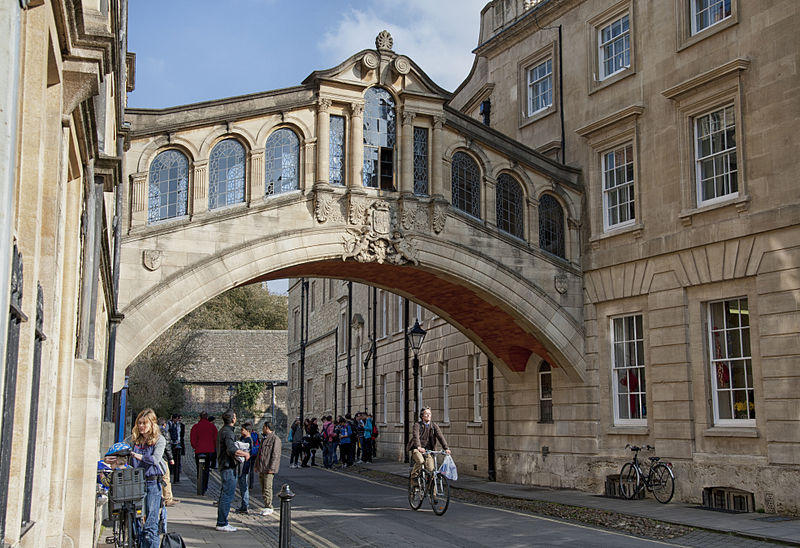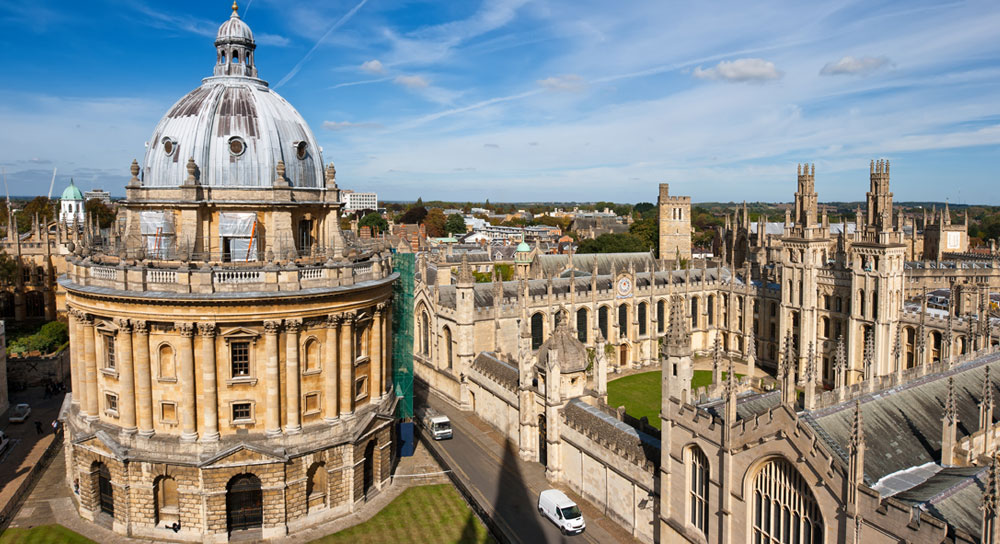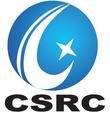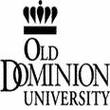General Information
Date: July, 22--26, 2013
Location: St Anne's College, Oxford, UK
Accommodation: St Anne's College
Conference schedule : Conference program now available here
For up-to-date information, please check the Anouncements
The 10th International Conference for Mesoscopic Methods in Engineering and Science (ICMMES 2013) will be held at St Anne's College, University of Oxford, UK. Following the tradition established by previous ICMMES conferences, short courses will be offered on Monday, July 22nd, 2013, followed by 4 days of technical presentations.
Accommodation is available for you in St Anne's college. For further details, please follow This Link.
A poster for the conference can be downloaded here.

Oxford is conveniently located in central southern England, 80 kilometers from London. It has excellent public transport links to many of the UK's major international airports. The most easily accessible is London Heathrow (LHR), with Birmingham International (BHX) also nearby.
Often called "the city of dreaming spires", Oxford's history dates back to the 8th century. Its famous university is the oldest in the English-speaking world, where teaching is known to have existed from as early as 1096. Since then the University of Oxford has been a home to scholars and royalty from around the world, and amongst its alumni are 47 Nobel Laureates, 26 British Prime Ministers, 12 Saints, 3 Fields Medalists, and 2 British Kings.

Oxford is a beautiful city of stunning architecture, history and culture. You'll find ancient and modern colleges, fascinating museums and galleries, and plenty of parks, gardens and green spaces in which to relax. Plus, the city centre is small enough to cover on foot, and only a few minutes walk from the main rail and coach stations.

The conference will be held in Saint Anne's College. One of the university's newest colleges, St Anne's began in 1879, extending a university education to women who could not otherwise have afforded it. St Anne’s, in 1879, was not so much founded as invented. The Society of Home-Students, as it was then called, was a manifesto rather than a location. This invention was the belief that, if this University were to be a place for the emancipation of any woman who had the potential to study here, it had to think afresh about how to attract them. The Society allowed young women to live in lodgings across the city, and to attend lectures and tutorials, just as those in the colleges did, providing a more affordable way of obtaining a degree at Victorian Oxford. It became a full college of the University of Oxford in 1952 and has taken both men and women since 1979. It is now one of Oxford’s largest colleges for both graduate and undergraduate students.

The Oxford Centre for Collaborative Applied Mathematics (OCCAM) has been established with substantial funding from KAUST GRP. The Centre, which is part of the Mathematical Institute, is allied to a global network of mathematicians. Aiming to meet the ever-increasing global demand for quantitative understanding of complex scientific phenomena, OCCAM has been built on the strength of four pre-existing groups of applied and computational mathematicians working in Oxford: the Oxford Centre for Industrial and Applied Mathematics, the Centre for Mathematical Biology, the Numerical Analysis Group and the Computational Biology Group. It has a symbiotic relationship with other scientific communities which have a need for problem-solving mathematics both within the University of Oxford and beyond.









